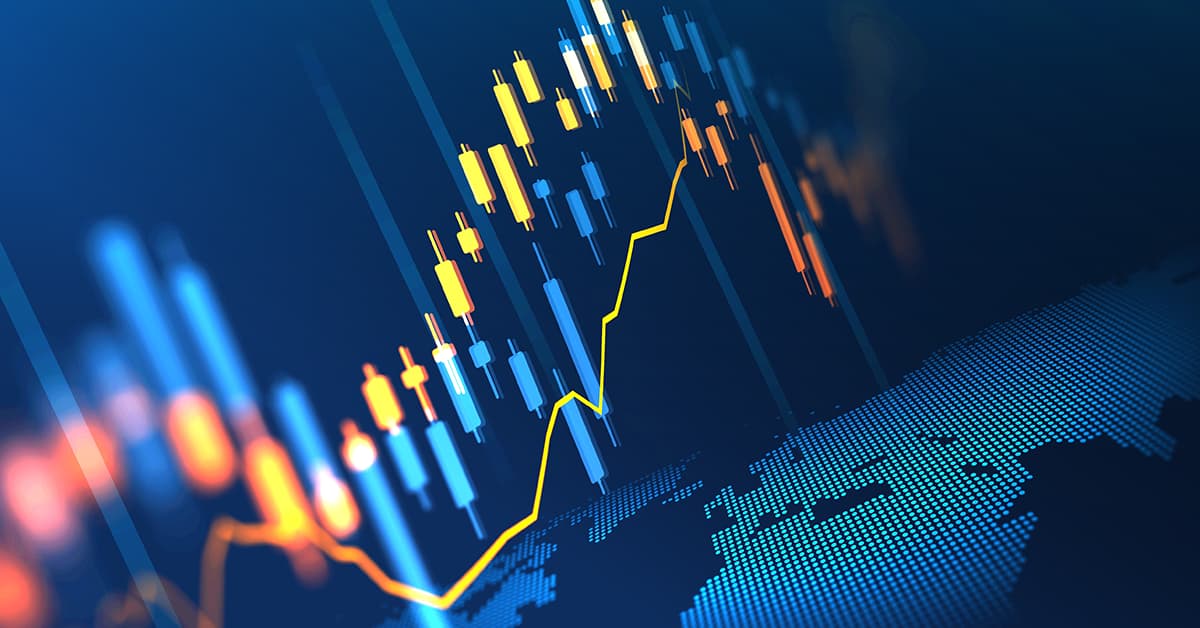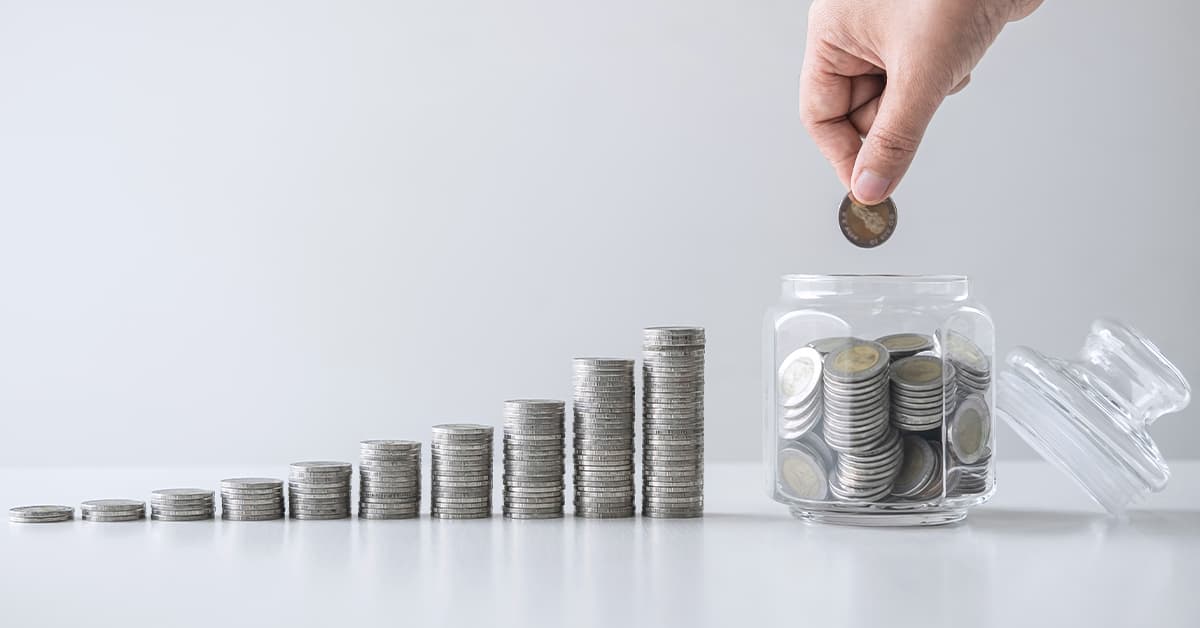Posted on: 12th May 2015 in Finance
In the previous article, we have explained the different sources of supply and demand in the global gold market. In this article, we will look at the factors affecting speculative and investment demand for gold and, thereby, gold prices. What Drives Investment Demand for Gold In the long run, the primary motivation for buying gold as an investment is to protect wealth in case your particular currency loses its purchasing power. That can happen either via inflation or due to a major political change (e.g. a war, revolution or currency reform). The latter is relatively unlikely with currencies such as the US dollar or the British pound, but you can often see gold price jumping when there is an increase of tensions in international politics, a new war breaks out or an existing conflict escalates (as you could see on plenty of examples from the current conflicts in Ukraine or Syria). Gold is considered a “safe haven” – an investment expected to appreciate when something goes wrong. Note that the US dollar itself has a similar reputation in the global markets and therefore, unlike other commodities, gold often (but far from always) goes up when the dollar is appreciating, and vice versa. Gold Price, Inflation and Interest Rates Due to gold’s perceived role as an inflation hedge, changes in expected inflation, interest rates and monetary policy are usually (in absence of a war or a serious political crisis) the main factor driving gold price. This has been particularly true in the recent years, as the world’s major central banks (including the US Fed, Bank of England, European Central Bank and Bank of Japan) have been employing unconventional and aggressive monetary policy. When the Fed started its first quantitative easing (QE) program in November 2008, gold was trading under $800. It got above $1,800 in less than three years, without a major correction on the way. Buy the Rumour, Sell the Fact Importantly, it is not the actual inflation (very low in the last years), actual interest rates (near zero in the last years) and actual monetary policy, but the market’s expectations of these. After the peak in September 2011, the greatest losses in the gold price have occurred at times when the market was speculating about a possible end to quantitative easing programs and an increase in interest rates. Conversely, the greatest gains happened when weaker economic data or the Fed’s communication were suggesting a further continuation of the loose monetary policy (and therefore greater fear of inflation). The best example is the announcement of QE3 in September 2012, when gold was sharply rising in the 3-4 months before but started falling a few weeks after the announcement. Eventually, it lost 34% from October 2012 to June 2013 and, ironically, the decline came to a halt after Fed Chairman Ben Bernanke announced a possible future tapering of the QE program. While monetary policy is undeniably a strong factor driving gold prices, the direction can be completely counter-intuitive at times. Gold in 2015 The above monetary policy story continues to dominate gold in 2015. Any news or hints of a sooner or later increase in interest rates are very likely to cause (at least short-term) gold price weakness or strength, respectively. For longer time horizon, it appears that gold has been is a solid downtrend, although that trend can reverse at any time and it’s impossible to predict when and at what level (don’t let any analyst tell you otherwise). Additionally, politics continues to be a factor, with risks on both sides (higher gold price if conflicts escalate, possibly lower gold price if they get resolved). Only one thing is certain when it comes to gold – that it will remain unpredictable in 2015, and possibly in 2016 too.We have 18 offices across the globe and we manage over $2billion for our 20,000+ clients
Get started
In today’s world, much of our lives are lived online. From email accounts and social media profiles to digital wallets and online businesses, we’re building a digital legacy—often without realising...
Read more
When it comes to growing your wealth, choosing the right investment path can make all the difference—especially if you’re an expat managing finances across borders. Two of the most talked-about...
Read more
Building wealth is one thing—but building a legacy that lasts for generations? That’s something else entirely. For families, especially those living and working abroad, creating multi-generational wealth means more than...
Read more
Living abroad as an expat can be one of life’s most rewarding adventures—but it also comes with its fair share of financial surprises. Whether you’ve relocated for work, lifestyle, or...
Read more